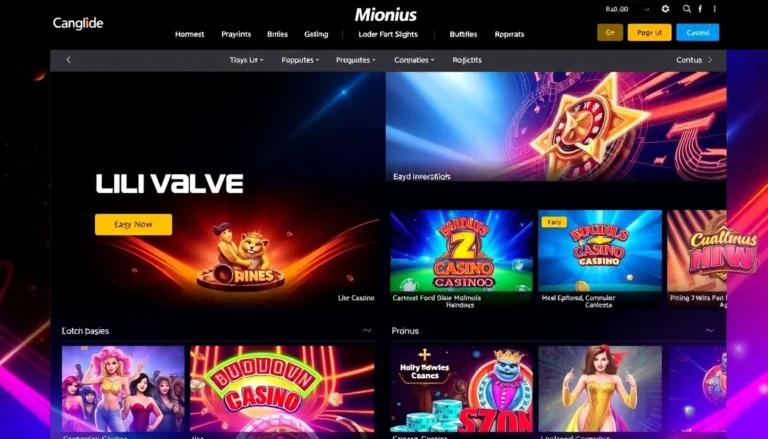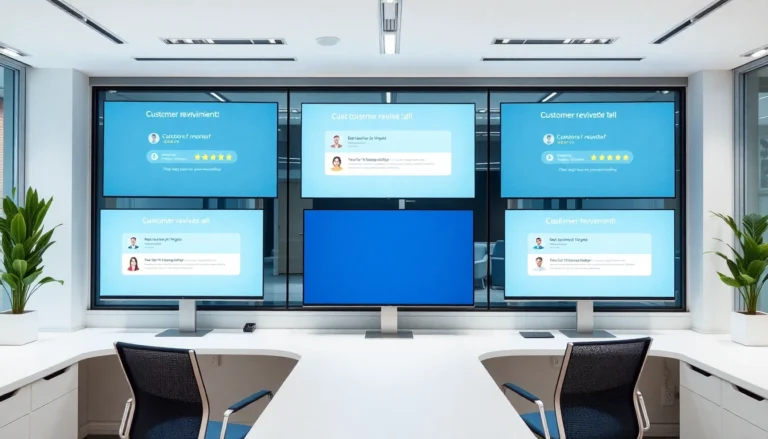
Understanding Responsible Cultural Heritage Management and Its Community Engagement
Introduction to Cultural Heritage Management and Community Participation
Cultural heritage encompasses the tangible and intangible remnants of our history, identity, and societal evolution. Preserving and managing these assets require not only specialized frameworks but also active community participation. In regions like Central Java, Indonesia, institutions such as the uustoto play vital roles in fostering awareness, facilitating reporting, and ensuring proper utilization of cultural assets. This comprehensive guide explores the various aspects of cultural heritage management, community involvement, legal procedures, and how digital platforms empower citizens to participate actively in safeguarding their heritage.
The Role of Cultural Heritage Authorities and Community Engagement
Institutional Frameworks and Authorities
Agencies like the Balai Pelestarian Cagar Budaya (BPCB) in Central Java have dedicated responsibilities to safeguard both movable and immovable cultural properties, including ancient structures and artifacts. Their duties include issuing permits for utilization, conducting research, and overseeing conservation efforts. Moreover, BPCB actively encourages community involvement through initiatives such as whistleblowing systems, public reporting mechanisms, and educational campaigns.
Community Participation and Reporting Systems
Engaging the public is crucial for early detection of illicit activities, damage, or unauthorized exploitation of heritage assets. Platforms enabling community reports, such as online forms for submitting concerns about preservation violations or illegal excavations, empower citizens to become vigilant custodians. These initiatives foster transparency and accountability, ensuring that actions damaging cultural sites are promptly addressed.
Legal and Procedural Aspects of Heritage Utilization
Regulations and Permits
The proper utilization of cultural heritage sites and objects is governed by national laws, such as Government Regulation No.1 of 2022 concerning the National Register and Heritage Protection. Typically, stakeholders seeking to use, modify, or relocate heritage assets must submit formal applications. These procedures ensure that any activity complies with conservation principles and national standards, safeguarding the site’s integrity.
Online Application for Permits and Impact Assessment
Modern digital systems simplify the application process for permits related to cultural assets. Applicants can fill out online forms, providing detailed information about the intended activity, provisional impact assessments, and conservation plans. These platforms often include features such as status tracking, document uploads, and direct communication channels with heritage authorities, streamlining bureaucratic procedures.
For example, online forms for izin pemanfaatan cagar budaya facilitate efficient review and reduce administrative delays. Ensuring compliance through transparent digital workflows enhances overall heritage protection efforts.
Community Tools for Heritage Preservation and Reporting
Whistleblowing and Incident Reporting Systems
Transparent reporting mechanisms are essential for robust heritage management. BPCB’s whistleblowing system allows individuals to confidentially report violations such as illegal excavations, vandalism, or unauthorized relocations. These reports can be submitted via online forms, phone hotlines, or designated email addresses, providing accessible avenues for community participation.
Community members are encouraged to become active whistleblowers, contributing to the protection of cultural assets. Such systems often encompass guidelines on how to report, confidentiality assurances, and follow-up procedures, ensuring all concerns are addressed diligently.
Online Forms and Accessibility
Accessible online forms simplify the reporting process. They are designed to collect comprehensive information, including detailed descriptions, photographs, and location data. This ensures authorities can assess incidents quickly and accurately, facilitating timely intervention.
Community Campaigns and Educational Outreach
To foster a culture of preservation, heritage institutions implement educational campaigns such as “Jadilah whistleblower!” (Become a whistleblower!). These initiatives target schools, communities, and local leaders, emphasizing the importance of active participation in heritage protection.
Digital Platforms and Their Role in Heritage Conservation
Online Databases and Heritage Registration
Digital databases serve as comprehensive repositories for heritage assets, enabling proper registration, cataloging, and tracking of conservation status. Online portals facilitate easy access for researchers, policy makers, and the public, ensuring transparency and data sharing. For instance, heritage registration platforms might include features like uploading photographs, geolocation, and history descriptions, supporting scholarly work and public awareness.
Public Participation Features
Platforms that enable users to report discoveries, provide feedback, or participate in virtual campaigns align with contemporary civic engagement strategies. Incorporating features such as digital forms, community forums, and social media integration enhances participation and sustains community interest.
Mobile Accessibility and Informational Campaigns
Ensuring mobile-friendly interfaces increases accessibility, allowing community members to report issues or access information anytime, anywhere. Campaigns like ZI-WBK (Zero Tolerance for Corruption and Small-Scale Illegal Activities) leverage these platforms to promote integrity and transparency among users.
Promoting Cultural Heritage Awareness and Education
Educational Campaigns and Public Outreach
Educational initiatives such as festivals, exhibitions, and workshops, like the cultural tour “Gelar Wisata Budaya ANGGORO KASIH,” aim to instill appreciation for heritage among diverse audiences. Campaigns focus on topics like the importance of conservation, sustainable use, and legal compliance.
Integrating Heritage into School Curriculums
Schools play a critical role in fostering early awareness. Incorporating heritage studies into national curriculum encourages students to recognize the significance of local history, artifacts, and sites. Field trips, interactive activities, and community participation projects deepen understanding.
Utilizing Digital Resources for Education
Virtual tours, online exhibitions, and digital storytelling platforms provide engaging educational content. Heritage institutions often develop accessible websites and social media channels to reach wider audiences and promote ongoing engagement.
Challenges and Best Practices in Heritage Preservation
Common Challenges Faced
- Illegal excavations and theft of artifacts
- Vandalism and neglect of site maintenance
- Limited funding for conservation projects
- Community apathy or lack of awareness
- Climatic and environmental threats
Implementing Effective Solutions
Successful strategies include strengthening legal enforcement, increasing community awareness through campaigns, fostering partnerships with private sectors, and employing modern conservation technologies. Digital platforms should be leveraged for real-time monitoring and reporting, as well as community engagement.
Measuring Success and Impact
Indicators such as the reduction in illicit activities, increased public reports, improved conditions of heritage sites, and community surveys help evaluate conservation efforts. Regular audits and transparent reporting reinforce accountability.
The Future of Heritage Conservation and Community Involvement
Upcoming Technological Developments
Innovations like 3D scanning, virtual reality tours, and AI-powered monitoring systems will enhance preservation accuracy and accessibility. Digital twin models facilitate detailed documentation and simulation of conservation scenarios.
Community Engagement and Policy Evolution
Encouraging participatory governance where community voices influence policies ensures sustainability. Initiatives such as participatory mapping and citizen science projects promote ownership and responsibility.
Maintaining Transparency and Trust
Open data policies, regular public updates, and inclusive decision-making processes build trust among stakeholders. Transparent operations and accountability are critical to long-term success.





